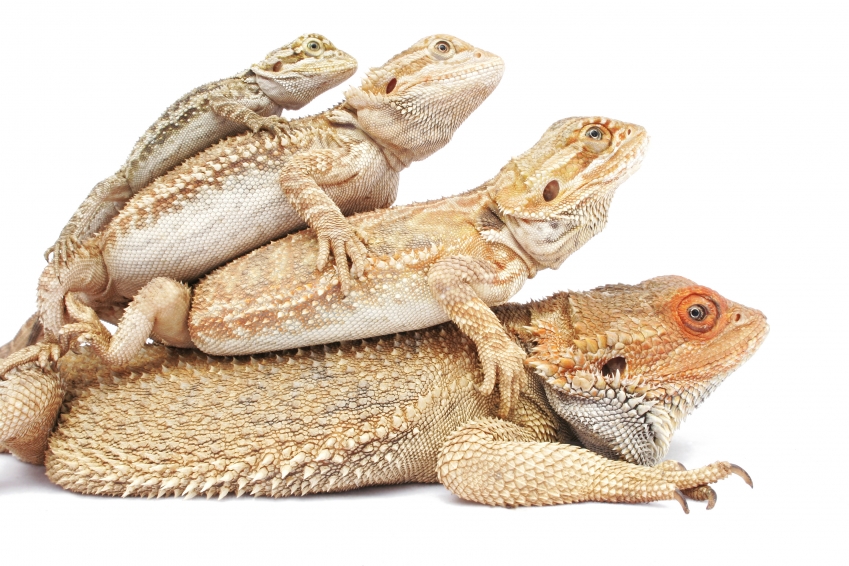Bearded Dragon Drop Tail: Causes, Prevention and Treatment
Bearded Dragon Drop Tail: Everything You Need to Know

Bearded dragons are a popular pet among reptile lovers. These docile creatures are easy to care for, and their unique personalities make them excellent pets. However, like all pets, bearded dragons may experience health issues from time to time.
One common concern among bearded dragon owners is the sudden drop of their pet’s tail. This can be alarming, especially for those who are new to owning a bearded dragon. In this blog post, we will discuss the causes, prevention and treatment of bearded dragon drop tail.
Bearded Dragon Drop Tail: What is it Exactly?
Bearded dragons are a species of lizard that are known for their ability to drop their tails. This is a defense mechanism used by the lizard to escape from predators. The tail will detach from the rest of the body, allowing the bearded dragon to make a quick getaway while the predator is distracted by the wriggling tail.
However, bearded dragons may also drop their tails when they are under stress. This is when the tail is dropped without any physical contact or injury. Stress can be caused by a variety of factors, including improper handling, poor living conditions or a change in environment.
What Causes a Bearded Dragon to Drop Its Tail?
The most common cause of bearded dragon drop tail is physical contact or injury. If a bearded dragon is grabbed by its tail or caught on an object, the tail can break off. This is a natural and necessary survival mechanism that allows the lizard to escape from predators. While it may be unsettling to see your pet lose its tail, it is important to remember that it is a natural response that will not cause any harm to your bearded dragon.
Another cause of bearded dragon drop tail is stress. When a bearded dragon is stressed, it may drop its tail as a defense mechanism. This can happen if the lizard is handled too roughly, kept in poor living conditions or if there is a sudden change in its environment. Other signs of stress include loss of appetite, lethargy, and changes in behavior.
How to Prevent Bearded Dragon Drop Tail?
Preventing bearded dragon drop tail is possible by keeping your pet lizard in a low-stress environment. Make sure that the living conditions are appropriate for their species, including providing a warm and comfortable habitat that mimics their natural environment. Handle your bearded dragon gently and avoid picking it up by its tail, as this can cause damage and injury.
If you notice any signs of stress in your bearded dragon, take steps to address the issue immediately. This may involve adjusting the temperature and humidity of the enclosure, offering a variety of healthy foods, and creating a comfortable and stimulating environment.
How to Treat a Bearded Dragon with a Dropped Tail?
If your bearded dragon has dropped its tail, it is important to take a few steps to ensure that it heals properly. Firstly, clean the area with mild soap and warm water to prevent infection. Avoid using any harsh chemicals or disinfectants.
Secondly, monitor your bearded dragon closely for any signs of stress or illness. Allow the lizard to rest and avoid handling it for a few days to allow the tail to heal. Offer your bearded dragon a varied and nutritious diet to promote healing and overall health.
Conclusion
Bearded dragon drop tail can be a distressing experience for both the lizard and the pet owner. However, it is important to remember that it is a natural occurrence that will not cause any harm to your bearded dragon. Preventing and treating a dropped tail requires a careful approach that involves creating an optimal living environment for your pet lizard and providing the necessary nutrients and care to support healing.


